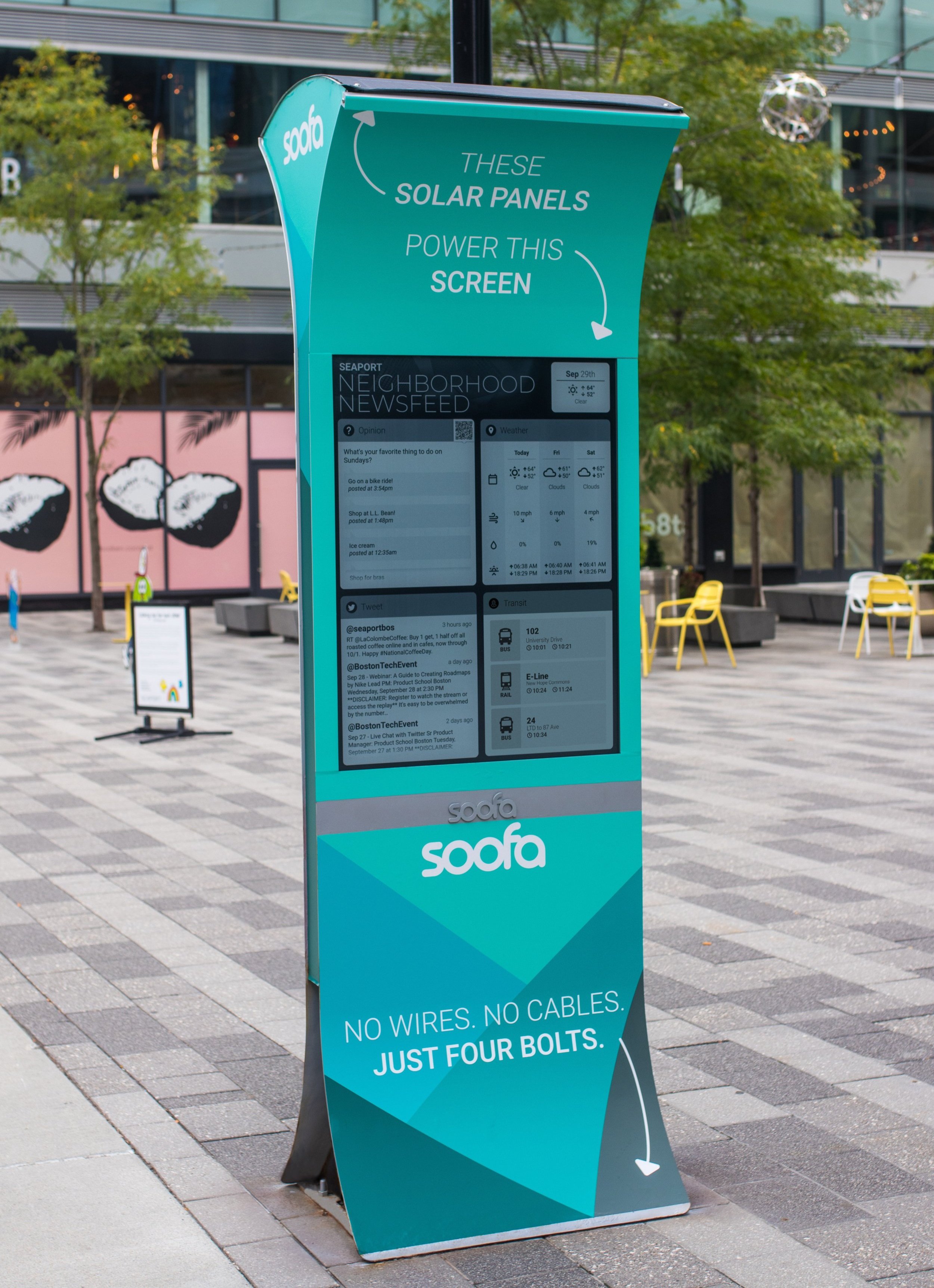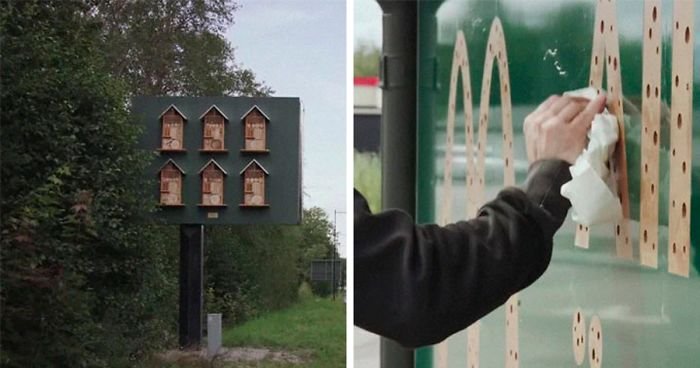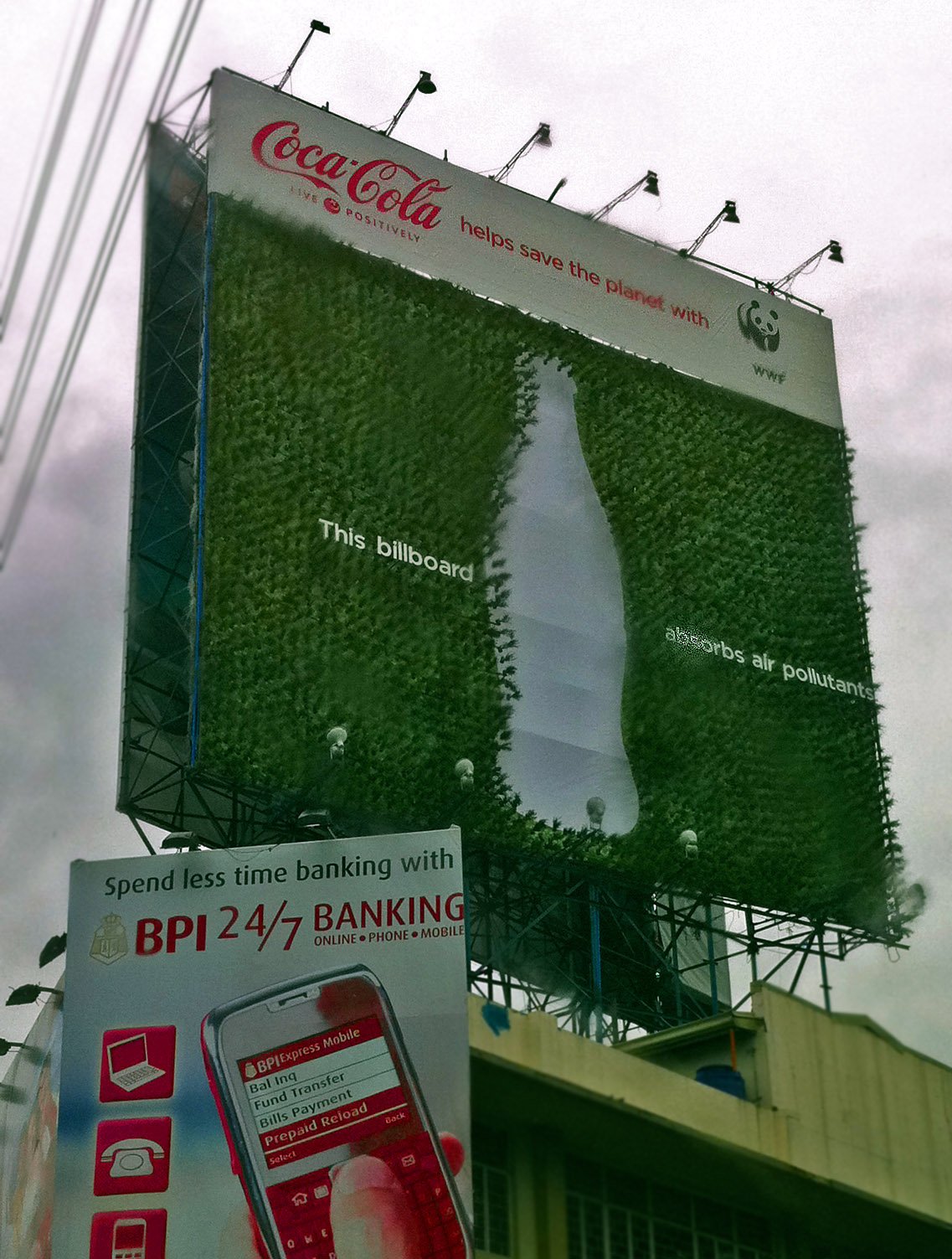Sustainability in OOH Advertising: Green Trends and Eco-Friendly Innovations
In a time where environmental consciousness is on the rise, businesses are increasingly recognizing the importance of sustainable practices in all aspects, including OOH advertising. In this blog post, we'll delve into the growing importance of eco-conscious advertising practices and explore innovative examples of sustainable OOH campaigns.
As climate change concerns continue to make headlines, consumers are becoming more discerning about the brands they support. Many are actively seeking out eco-friendly products and businesses that align with their values and support the planet. This shift in consumer behavior has put sustainability at the forefront of advertising strategies, including OOH.
Sustainable OOH Advertising Practices
Green Materials: One of the most tangible ways OOH advertisers are going green is by using sustainable materials. Traditional vinyl billboards are being replaced with eco-friendly alternatives like recyclable paper, fabric, or even reclaimed materials. These strategies not only reduce the carbon footprint of campaigns but also send a clear message of environmental responsibility.
Solar-Powered Platforms: Soofa Signs are currently the only solar-powered OOH platform in the industry. They utilize solar energy to power an E-Ink screen, and store remaining energy in a battery for later use. Soofa Signs not only reduce energy consumption but save costs in the long run.
Digital Signage: Digital OOH displays are inherently more sustainable than static billboards. They allow for dynamic content that can be updated remotely which reduces the need for physical maintenance and printing.
Ecosystem Integration: Some brands are taking sustainability a step further by integrating their OOH advertising into natural environments. Using plant-based structures or natural resources for advertisements not only reduces visual impact but also contributes to the surrounding ecosystem.
Sustainable OOH Ad Examples
Patagonia's "Don't Buy This Jacket" Campaign: In 2011, outdoor apparel company Patagonia took a bold approach by discouraging consumerism in their OOH advertising. Their message encouraged consumers to consider the environmental impact of their purchases during the holiday season, which aligns with their commitment to sustainability.
McDonald's Multi-Use Billboard: In 2019, McDonald's in Sweden replaced their traditional backlit billboards with habitats for bees. This creative, multi-use billboard exemplifies how OOH advertising can be integrated into the environment.
Coca-Cola's Recycled Billboards: In the Philippines, Coca-Cola created billboards made from recycled PET bottles. These eye-catching displays not only promoted recycling but also demonstrated a commitment to reducing plastic waste.
Sustainability in OOH advertising is more than just a trend; it's a reflection of changing consumer values and a commitment to a greener future. By embracing eco-conscious practices and showcasing their dedication to environmental responsibility, brands can not only attract eco-conscious consumers but also contribute positively to the planet. As we've seen in the examples above, sustainable OOH advertising can be creative, impactful, and, most importantly, environmentally friendly.
Interested in trying out a solar powered platform to promote your brand? Soofa Signs are here to help.
Fill out our advertiser interest form or email hi@soofadigital.com to get started.




